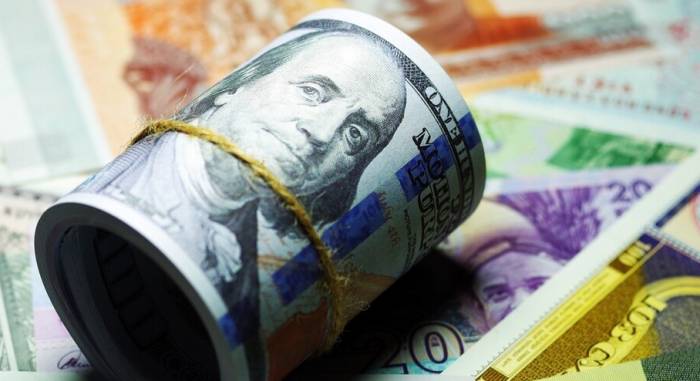Categories
News
Date
2024-10-04
US Harvest Plan Fails, $143T at Risk of Shrinkage
Due to the Federal Reserve's continuous interest rate hikes and various moves by the United States in many economic layouts, American households have reaped quite a few benefits. After enjoying several rounds of economic welfare, recently, the average American family has also encountered a headache - inflation.
However, this is not the biggest problem.
Data released by the Federal Reserve in December shows that the current assets of American households amount to $143.3 trillion, which has significantly decreased from $150 trillion at the end of last year. However, in 2023, these $143 trillion in assets will face even greater risks.
Americans cannot avoid this risk, but Chinese buyers have already retreated in advance.
01, Subprime Crisis Looms Again
How has the United States managed to consistently rank at the top of the world's economic development countries over the years?
Those who have followed the sensational subprime crisis of 2008 are aware that a key factor was the continuous printing of money by the United States. In fact, as early as 2000, the United States experienced an economic crisis. At that time, in order to escape the quagmire of the economic crisis, the United States came up with a solution, which was to first reduce interest rates to an extremely low level and then allow a large amount of money to flow in the market. When there was a large amount of capital flowing in the market, the U.S. economy was stimulated with a new round of vitality and successfully resolved that economic crisis.
Advertisement
From 2003 to 2005, after the United States overcame the economic crisis, the previously lowered interest rates began to rise again.
When interest rates were lowered, the U.S. mortgage interest rates also decreased, making it an excellent time to purchase a house at a very favorable price. At that time, when borrowing from banks, one did not have to repay much interest, so without too much mortgage pressure, many people would choose to buy a house.To stimulate the development of the American real estate economy, American financial institutions invented subprime loans. Ordinary people could apply for subprime loans.
Although the interest rates were slightly higher, the overall interest rates in the United States were quite low at the time, so even subprime loans were offered at relatively favorable prices, leading many people to apply for them. The American economy gradually moved towards stability.
However, after 2005, interest rates began to rise again, and the American public who had purchased homes in the low-interest-rate economic environment were unfortunately affected.
After the interest rates increased, the debt burden on these homebuyers became heavier and heavier. Thus, the subprime mortgage crisis emerged in 2008, initiating an endless vicious cycle.
Now, ordinary American families may face a similar reckoning to the subprime crisis once again.
02
In most American households, the main assets are concentrated in two areas: stocks and real estate.
In 2022, the Federal Reserve continuously raised interest rates, primarily affecting the stock market, leading to significant losses in American families' stock assets due to the market decline.
From $150 trillion to $143 trillion by the end of the third quarter, the main reduction came from stocks.
However, entering 2023, in addition to stocks potentially shrinking further, the reduction in real estate assets could be larger and faster.In the past two years, when the pandemic emerged, the United States' printing presses were once again activated. The money printing in 2020 led to a continuous rise in U.S. housing prices, and this wave of operations also allowed most American families and U.S. capitalists to taste the sweetness brought by money printing.
However, imperceptibly, the U.S. mortgage interest rates have exceeded 6%, and at their highest, even surpassed 7%, making the pressure of repaying loans even higher than in 2008.
Now, the situation of selling off real estate in the United States is intensifying.
Many foreign investors, having learned the lessons from the 2008 subprime mortgage crisis, anticipated that the Federal Reserve's continuous interest rate hikes would greatly affect the development of the U.S. real estate market. To cut their losses in time, they sold off their properties in advance.

In the past, many Chinese buyers were keen on purchasing U.S. properties, but now they are selling on a large scale and evacuating the U.S. market in advance.
The latest construction permits in the United States are now only 1.342 million units, falling to their lowest ebb in two and a half years.
The mortgage applications processed for purchasing homes are also continuously declining on a quarter-over-quarter basis.
At the same time, the house sales contract index has been negative for several consecutive months, also setting a record low since the pandemic.
More and more data indicate that the U.S. real estate market is beginning to fall into a trough, and a larger-scale sell-off is brewing for the future.